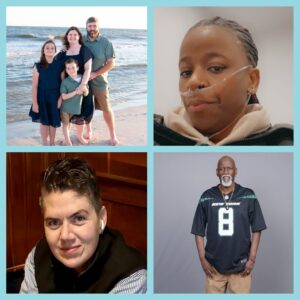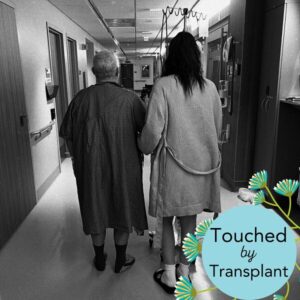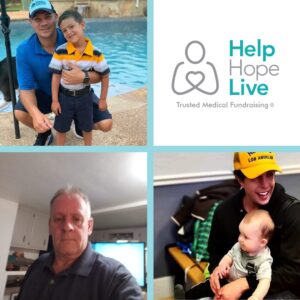In 2006, I was run off the road by a semi-truck that never stopped driving—a hit-and-run. In just seconds, my family fell apart. My 6-year-old stepsister was killed and the remaining four of us were rushed to trauma centers. I broke my neck, which severed my spinal cord, and I became a quadriplegic.
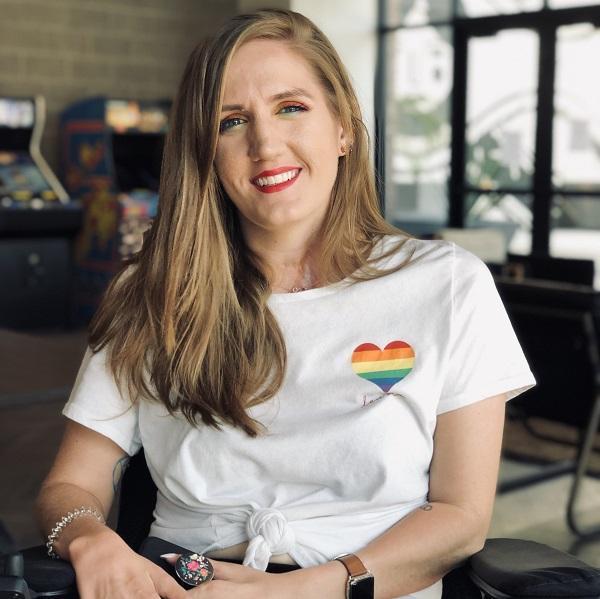
Early on, I knew I was paralyzed, but I genuinely thought it was something that I’d be able to fix with physical therapy. I think maybe the shock of it all had me in denial of the prospect of being in a wheelchair forever and not being able to communicate with my parents who are deaf the same way ever again.
“Showering became a 2-hour process.”
I spent a lot of time processing what happened to me while I was hospitalized for the first year, which made it a little easier to deal with the loss of mobility and how it was affecting my life. I had so many medical complications that, initially, mobility and independence were difficult to pursue consistently—I was in a lot of pain.
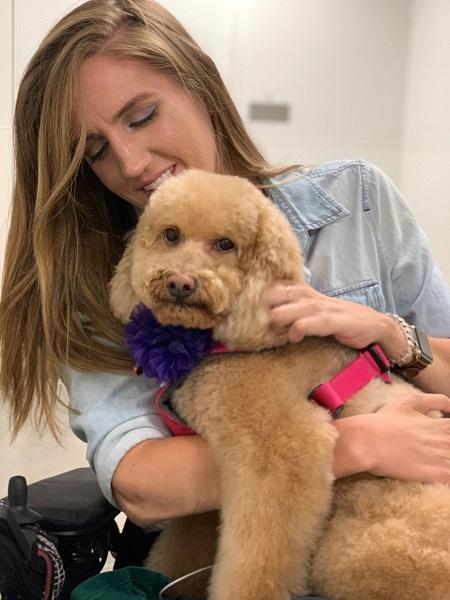
In the beginning, I relied on my mom or a caregiver to use a Hoyer lift to transfer into my power chair from my hospital bed. I had a massive shower chair, but we resorted to “bed baths” because my caregiver and I would both be exhausted after getting me in and out of the shower in my tiny apartment bathroom, not to mention dressed and back in my power chair—it was almost a two-hour process.
My first night alone: ”a hilarious disaster”
In 2014, I decided to enroll at Arizona State University for creative writing, and I moved into an on-campus apartment. I had to learn to transfer in and out of bed independently, literally overnight. My first night alone almost ended with me on the floor, but somehow, I made it. I wish I had a recording of it, because it was a hilarious disaster…successful, but a disaster!
My friends at ASU were the first ones I made outside of the Internet after my injury. The great thing about them is that they invited me to go places without assuming I might not be able to get there. They were always two steps ahead with how transportation would work or the accessibility of a particular location.
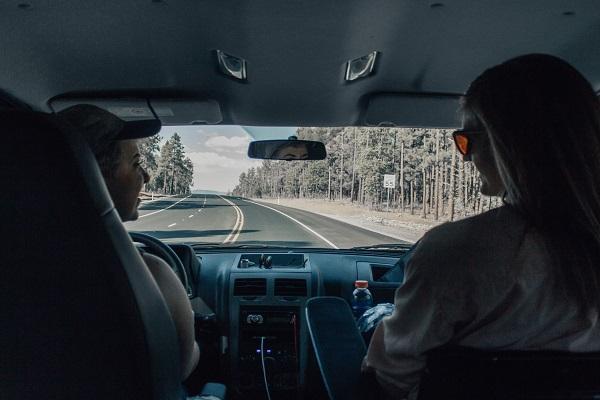
“To them, my disability was just a thing to work around.”
In 2016, we planned a trip to California together—my first vacation since the accident 10 years earlier. I never thought this kind of trip would be something I could participate in again, but they refused to accept that. They spent hours looking for accessible Airbnb locations and things to do in the city. To them, my disability was just a thing to work around—they never applied it to who I am.
It was so refreshing to be around people who didn’t feel sorry for me but could acknowledge that some things just sucked. It pushed me to want to do more in the community that was within my reach, no matter how near or far that was from me.
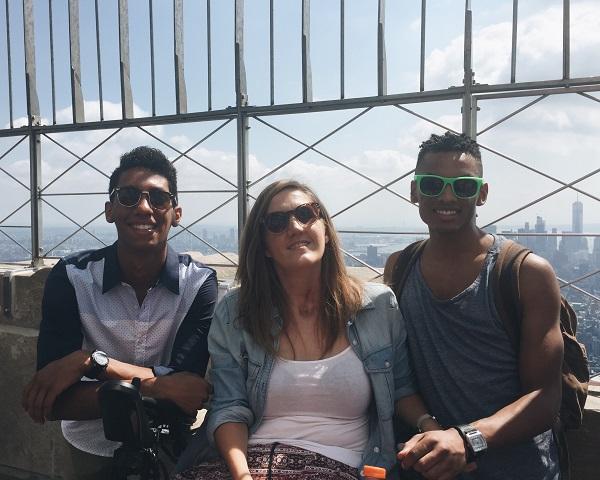
“I have tasted freedom.”
My ASU experience opened my eyes to the idea of total independence and showed me that mobility is essential to quality of life—not just after a spinal cord injury, but for everyone.
Mobility creates opportunities. For me, my power chair allows me to be as independent as I am: I live alone with a nurse that comes every other day. I wouldn’t be able to cook and clean and push things around in a manual chair. The chair is exactly what I need to be as independent as possible at home.

Thanks to the adventures I’ve had since I started at ASU, I have tasted freedom. Freedom is why I have my sights set on an accessible vehicle. My vocational rehab therapist told me that to get a license to drive again, I’ll need a permit and a specialized car to practice driving first. The problem? Those vehicles can run up to $75,000. That’s why I started fundraising with Help Hope Live.
“Accessible vehicles can run up to $75,000.”
Having a vehicle creates so much freedom for people with disabilities. The right transportation can give us a stronger connection to society. Eventually, that can lead to greater visibility and, hopefully, a push for better accessibility laws.
Personal accessible transportation saves so much time and energy—and, in certain weather conditions, waiting for accessible transportation can be dangerous, too. Living in Arizona, where the heat can reach 115 degrees, going places in my chair puts me at risk of heat exhaustion. With the COVID-19 pandemic, public transportation is suddenly more dangerous than it’s worth.
Oh, and then there’s the cost. Did you know that taxi services charge a fee on top of the regular fair for accessible vehicles—but only if the person requesting the ride is in a wheelchair? It’s messed up.
“I’m stubborn and proud, and I hated the idea of asking for money.”
I have wanted and needed this option for years, but I’m stubborn and proud, and I hated the idea of asking for money. But I realized that it’s okay to ask for help when the odds are stacked against you.
I’m hoping my fundraising campaign can be fun and engaging and, ultimately, a success. I’m dying to go through a drive-thru!
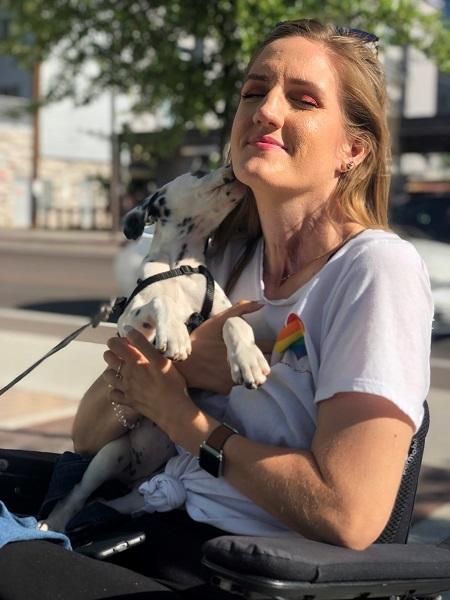
Keep up with Kylie’s quest for greater mobility on her Campaign Page or leave a Guestbook Message of support.
Do you have concerns about safe, accessible transportation during COVID-19? Fundraise for an accessible vehicle with Help Hope Live and enjoy special discounts from our mobility partners.
Written by Emily Progin